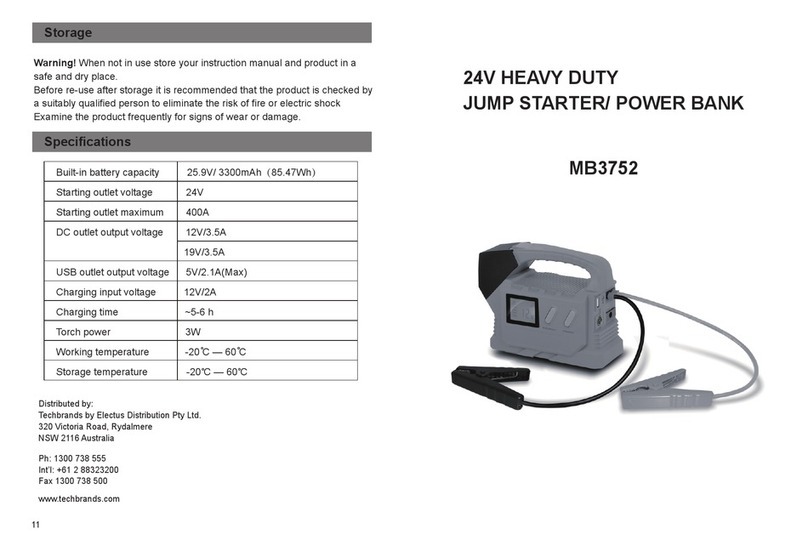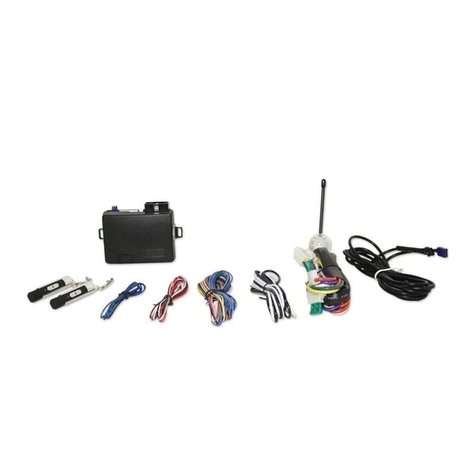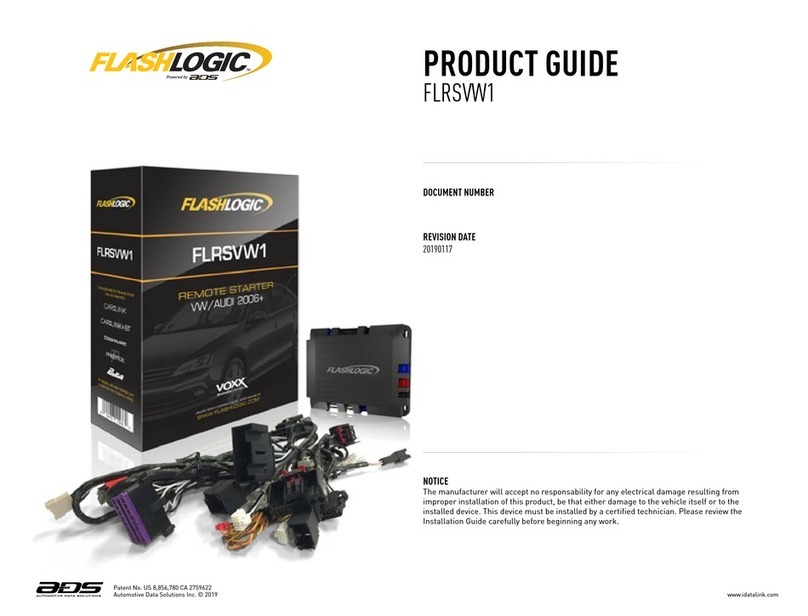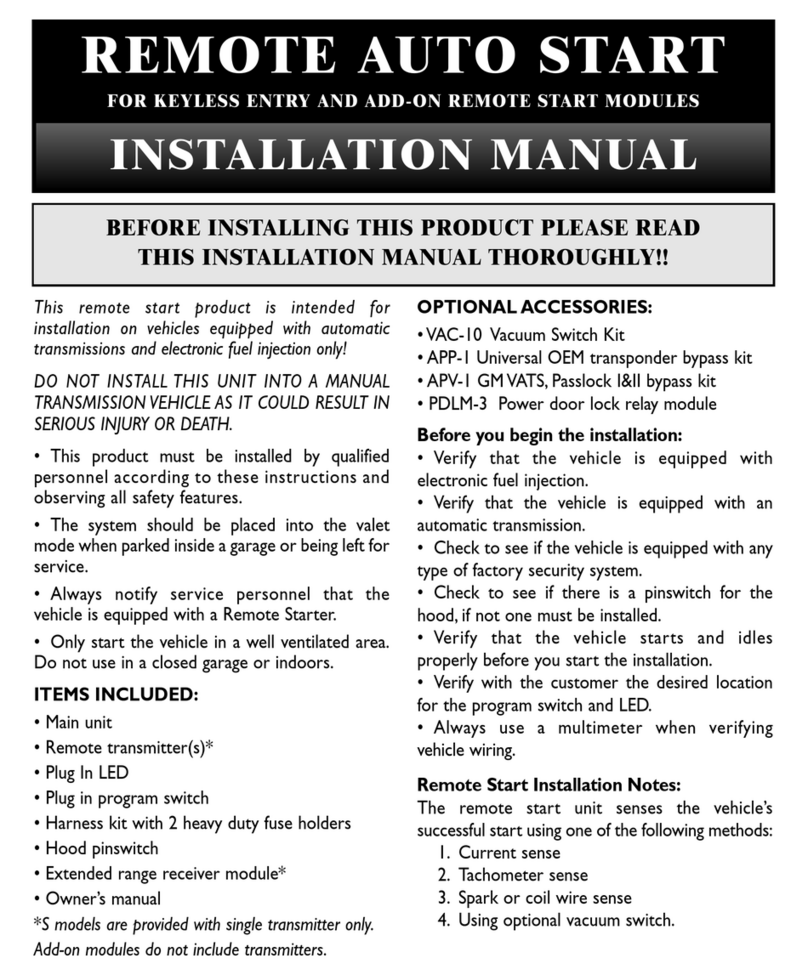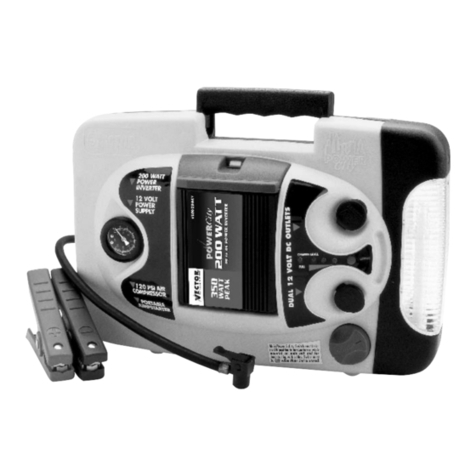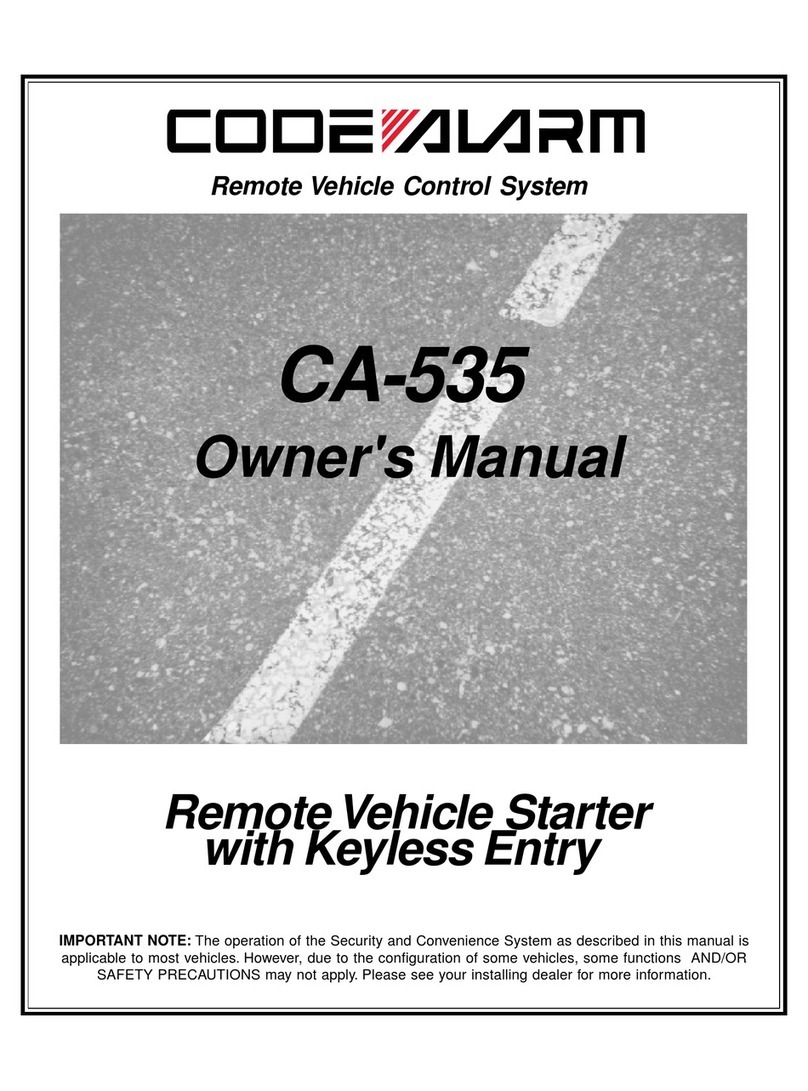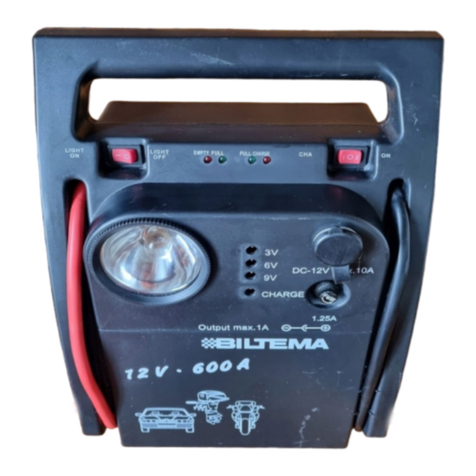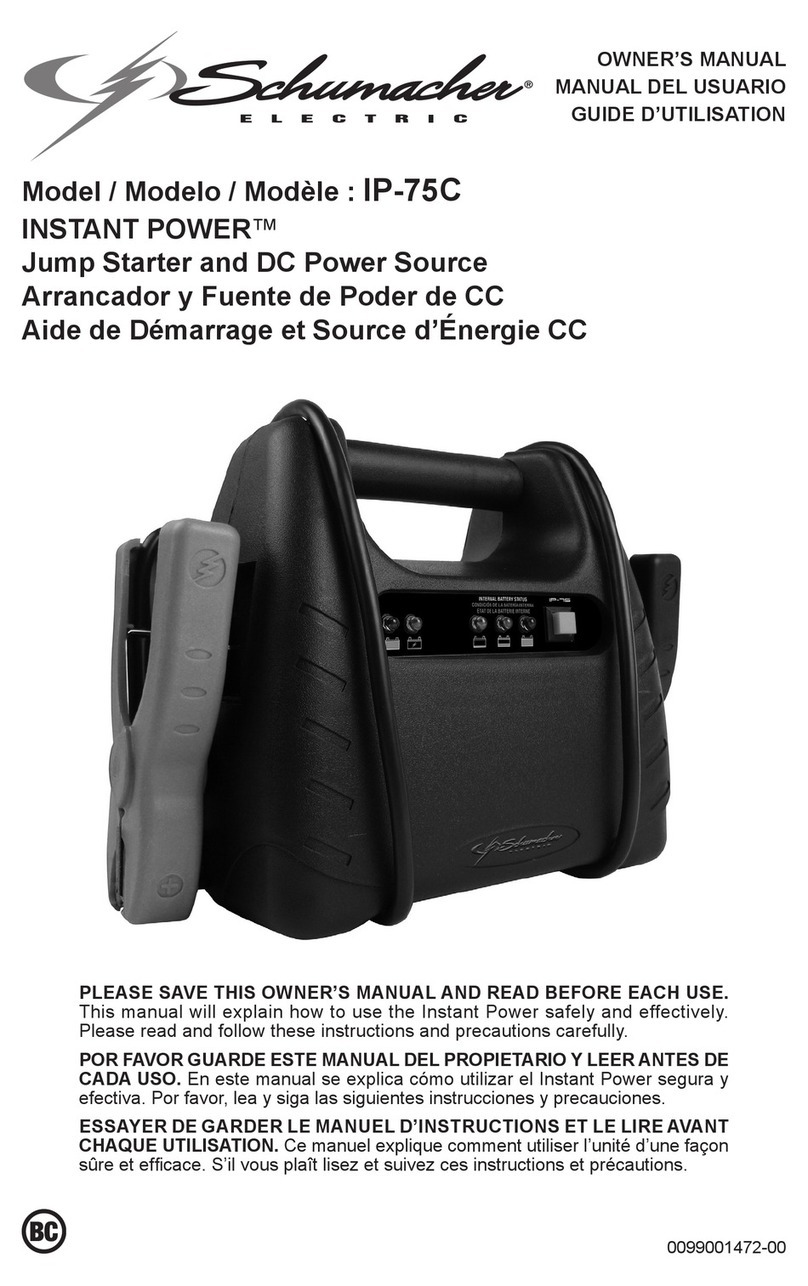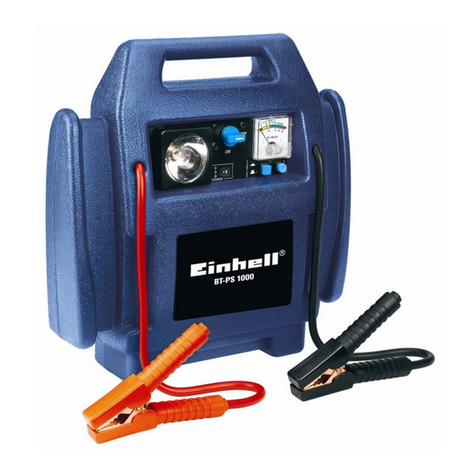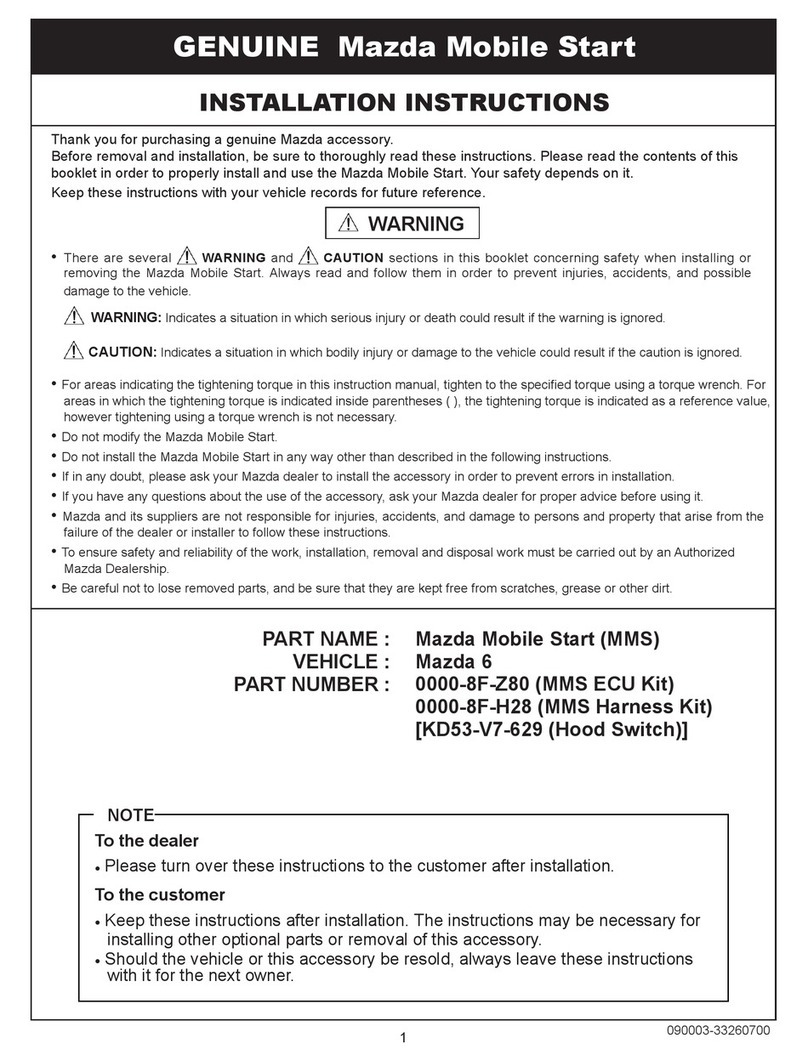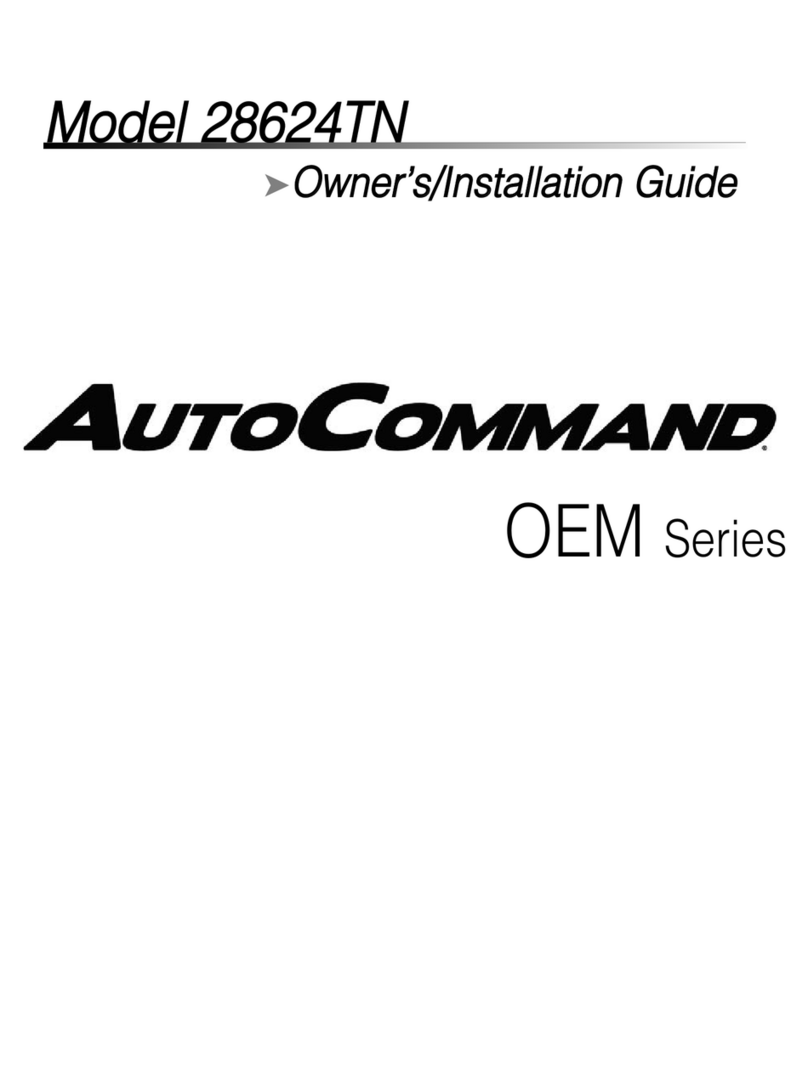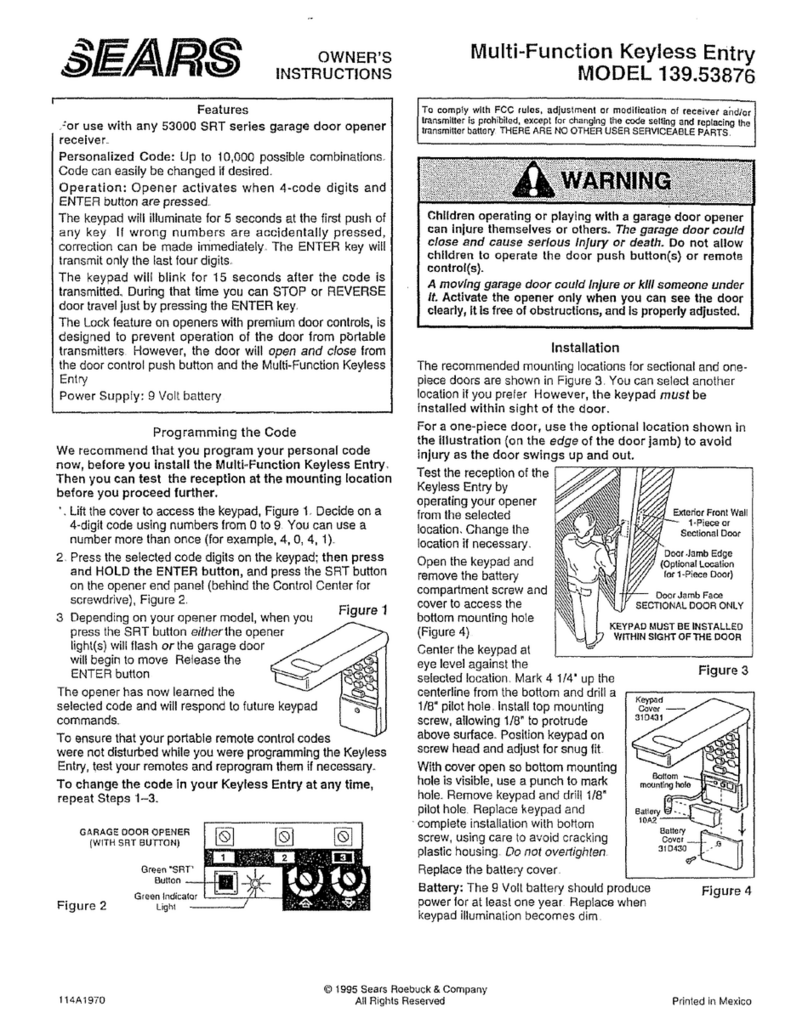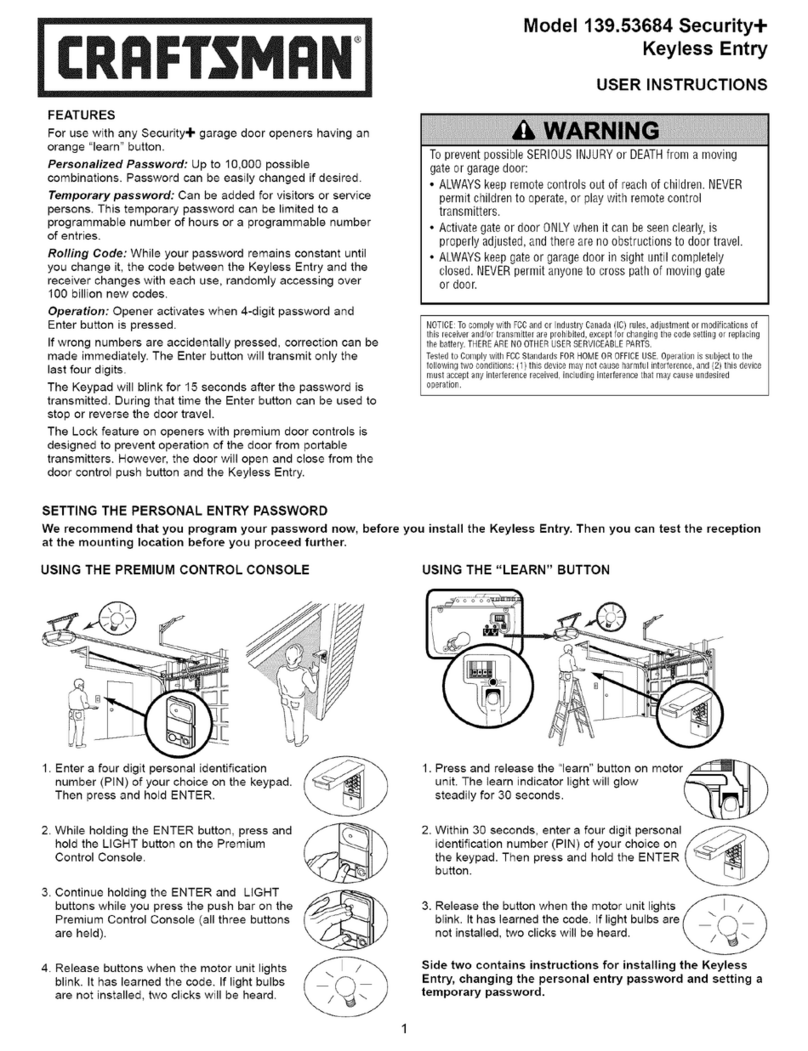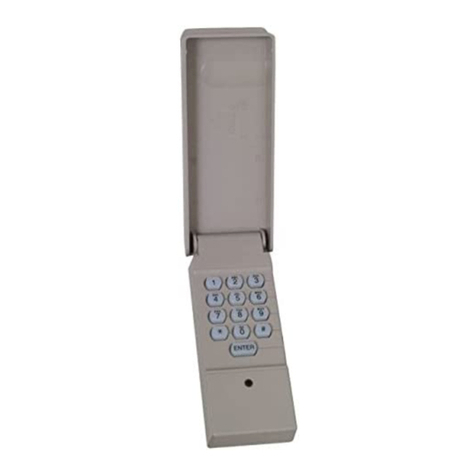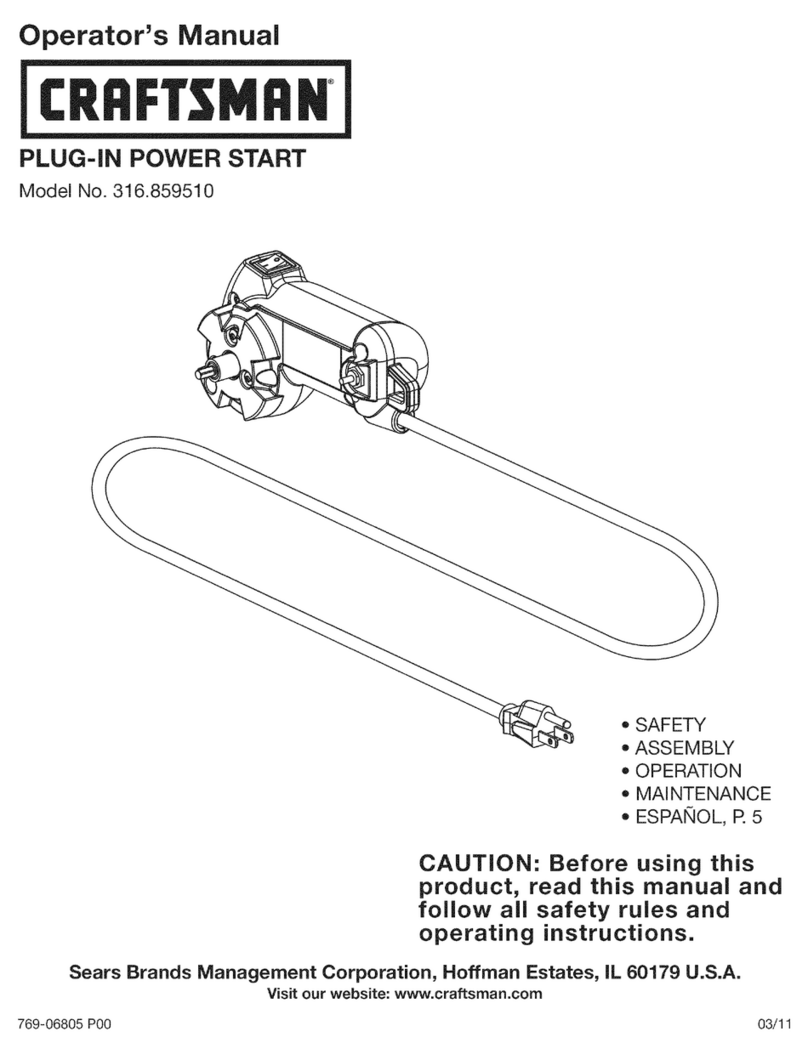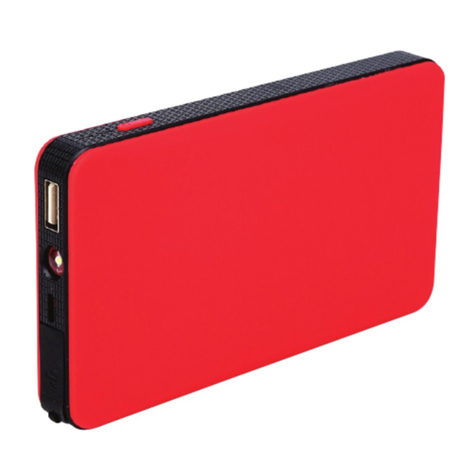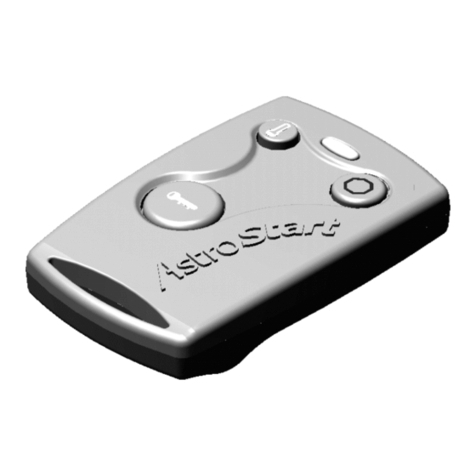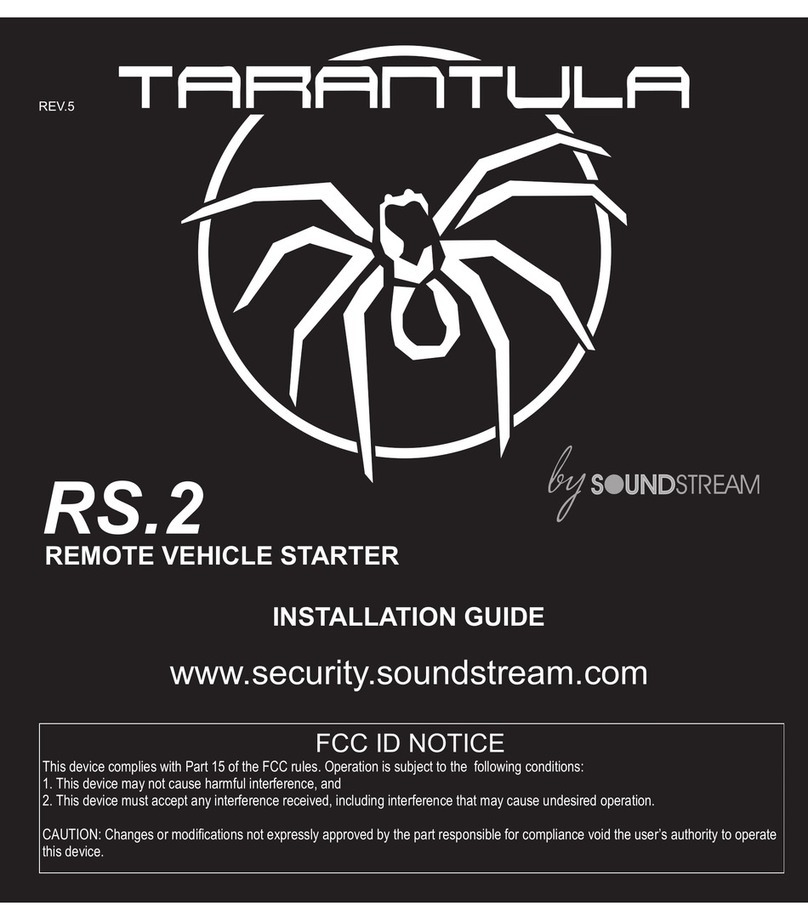
• 8 •
1. Turn the ignition OFF.
2. Plug the battery clamp cable into the jump starter’s output socket.
3. Lay the DC cables away from any fan blades, belts, pulleys and other
moving parts. Make sure all of the vehicle’s electrical devices are turned off.
4. For a negative-grounded vehicle, connect the POSITIVE (RED) clamp
from the jump starter to the POSITIVE (POS, P, +) ungrounded post
of the battery. Connect the NEGATIVE (BLACK) clamp to the vehicle
chassis or engine block away from the battery. Do not connect the
clamp to the carburetor, fuel lines or sheet-metal body parts. Connect
to a heavy gauge metal part of the frame or engine block.
5. For a positive-grounded vehicle, connect the NEGATIVE (BLACK)
clamp from the jump starter to the NEGATIVE (NEG, N, -) ungrounded
post of the battery. Connect the POSITIVE (RED) clamp to the vehicle
chassis or engine block away from the battery. Do not connect the
clamp to the carburetor, fuel lines or sheet-metal body parts. Connect to
a heavy gauge metal part of the frame or engine block.
6. Slide the ON/OFF switch to the ON position. The green LED on the
smart cable should light.
NOTE: If the vehicle battery is extremely discharged, the initial current
draw from the jump starter may activate short circuit protection in the
smart cable. When the condition is corrected, the smart cable will
automatically reset.
7. After a proper connection has been made, crank the engine. If the engine
does not start within 5-8 seconds, stop cranking and wait at least 1 minute
before attempting to start the vehicle again.
NOTE: If the car does not crank a second time, check the smart cable
to see if the green LED is lit. If you hear beeping or an LED is ashing,
refer to section 10, Troubleshooting. When the condition is corrected, the
smart cable will automatically reset.
NOTE: Cold weather may affect the performance of the jump starter’s
lithium battery. If you hear only a click and the engine does not turn
over, try the following:
With the jump starter connected to the car battery and the green LED
illuminated on the smart cable, turn on all lights and electrical accessories
for one minute. This draws current from the jump starter and warms the
battery. Now try to crank the engine. If it does not turn over, repeat the
procedure. Extremely cold weather may require two or three battery
warmings before the engine will start.
NOTE: If no activity is detected, the smart cable will automatically shut
off after 120 seconds, and the red and green LEDs will be solid. To reset,
disconnect the clamps from the vehicle battery, and then reconnect.
IMPORTANT: DO NOT attempt to jump start your vehicle more
than three consecutive times. If the vehicle will not start after three
attempts, consult a service technician.
8. After the engine starts, disconnect the black clamp (-) and the red
clamp (+), in that order, and then unplug the battery clamps from the
jump starter socket.
9. Recharge the unit as soon as possible after each use.
ENGLISH
